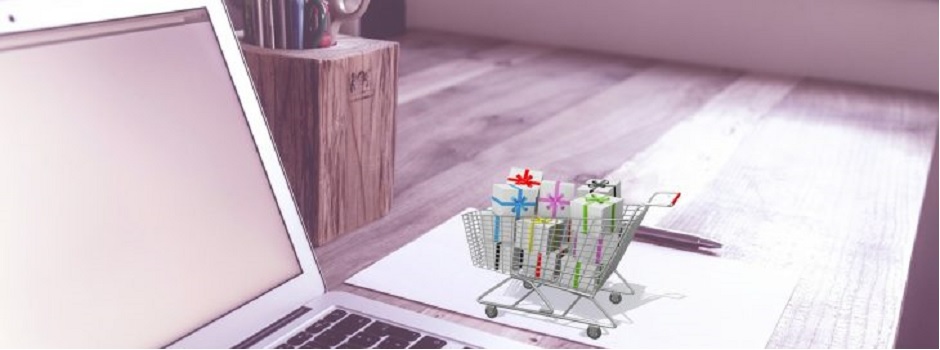Alternative Payment Methods to Propel eCommerce Growth in Europe
When PayPal emerged in the late 90s, it changed the game for small businesses in the United States. Individual contractors, Mom and Pop stores, and side hustlers would no longer have to fear being unable to accept credit cards for online transactions or wait weeks for a paper check to arrive. PayPal, the pioneer of Alternative Payment Methods, essentially empowered these entrepreneurial types and essentially helped lay the foundation for the sharing economy.Back in those days, the ability to take digital payments was the real selling point. Today, the online payment landscape is much more complex.
Now, there are thousands of Alternative Payment Methods around the world, which are becoming so popular, it is said that they will account for over half of online transactions by 2021. Bank transfers are the leading type of APM and are projected to generate a market share of over 15 percent in the next three years.
This may come as a surprise to eCommerce operators in the United States, but in Europe, this trend has been mainstream for a long time.
Foreign Sales Require More Trust
Europeans in general share a high level of trust for APMs and specifically bank transfers. According to a report on The State of Online Banking, European shoppers are reluctant to buy from a foreign website for fear of fraud.
That same survey found that 68% of Spaniards, 66% of Italians, 61% of French, 55% of Germans, 55% of Dutch, and 51% of Swedes would be more likely to shop from a foreign website if it didn’t force them to provide their payment card details to an unknown international merchant.
Allowing customers to pay with their bank, in their local currency, with multi-factor authentication creates a layer of trust, which is why Europeans have adopted APMs so passionately. Global marketplace leaders can certainly learn a lot from Europe.
The State of European eCommerce
The EU has a population of around 500 million, who spent years recovering from the financial crisis of 2009. The slow economic growth in the years that followed was only compounded by the refugee crisis and Brexit. However, relief came in 2017, bringing a 2.2 percent growth and better morale. Consumers in general feel a sense of prosperity and are ready to start spending.
According to a recent report by PPRO, 68 percent of Internet users in Europe have shopped online and the most popular purchase categories were clothes (64 percent), travel (53 percent), household goods (46 percent) and newspapers (34 percent). The interesting caveat is that most European businesses are not taking advantage of this by selling outside their country.
Only 7 percent of businesses in Europe use their online presence to sell cross-border, and yet, 33 percent of the consumers in those countries are shopping from a foreign online store. This indicates a huge, unmet potential for cross-border shopping.
The countries in Europe are relatively small, but the continent packs in millions of people. On the other hand, the United States is a large country with endless goods and services “under one roof,” so to speak. An individual living in Florida has no problem buying goods from Washington because they speak the same language, use the same currency, and abide by the same regulations. When an individual from Germany wants to buy goods from England, it’s much more complicated.
Alternative Payment Methods to the Rescue
APMs are breaking down language and cultural barriers by giving customers the ability to use payment technologies that are familiar and comfortable to them. This is possibly most relevant in the multi-billion dollar vacation rentals industry, where customers are literally buying an out of country experience.
YapStone processes billions of dollars in international transactions for this industry and has found that bank transfers in particular are the most popular of all APMs. Some of the most prevalent are:
- Klarna Pay Now
Also known as Sofort, this APM has gained significant traction in Germany and is finding its way into Austria, Czech Republic, France, Hungary, Netherlands, Slovakia, Spain, and Switzerland. It is used by over 30,000 online merchants, with over 4 million transactions per month.
- GiroPay
GiroPay is supported by all major German banks, accounting for 80 percent of all online banking consumers.
- iDEAL
This APM accounts for 60 percent of all ecommerce transactions in the Netherlands, available to customers at 10 major Dutch Banks.
European eCommerce provides a strong forecast for the future of the global economy. New regulations that require multi-factor authentication will further improve online commerce trust and drive APM adoption worldwide, giving way to new APMs that will address cross-border payments and make our country truly global.
Reposted from http://paymentsjournal.com . Autor Bruce Dragt - Link

